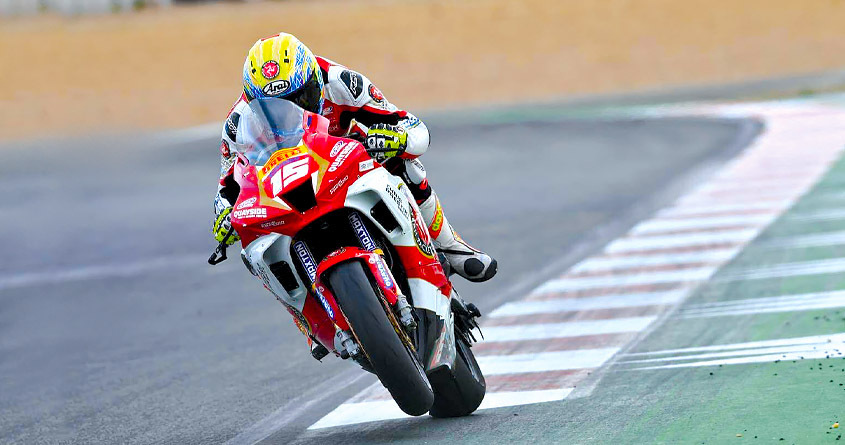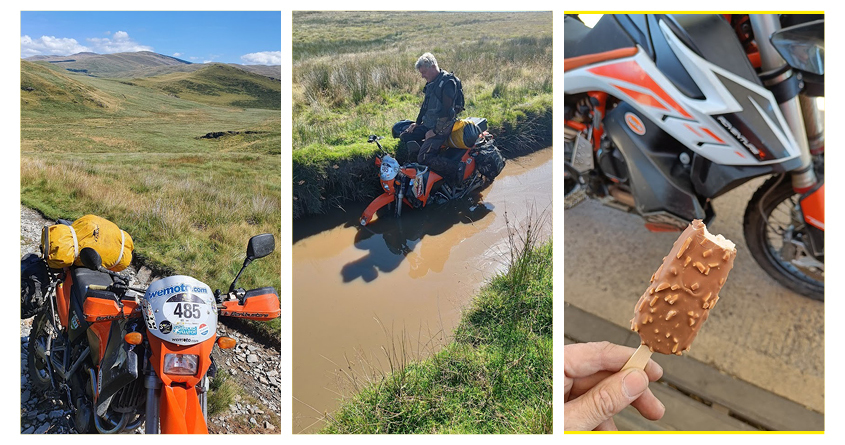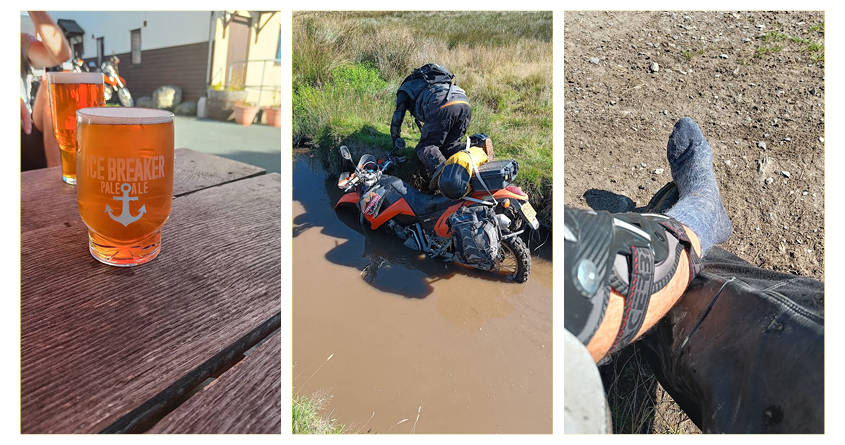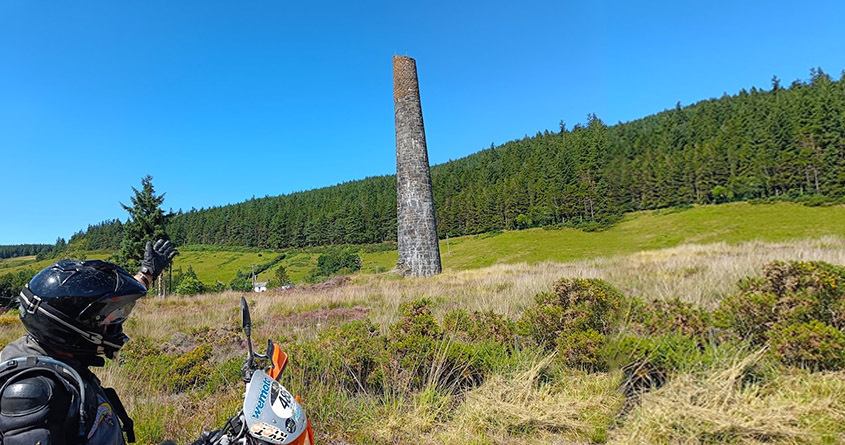A BLOOD TEST FOR TIREDNESS IS BEING DEVELOPED, AIMED AT KEEPING THE ROADS SAFER
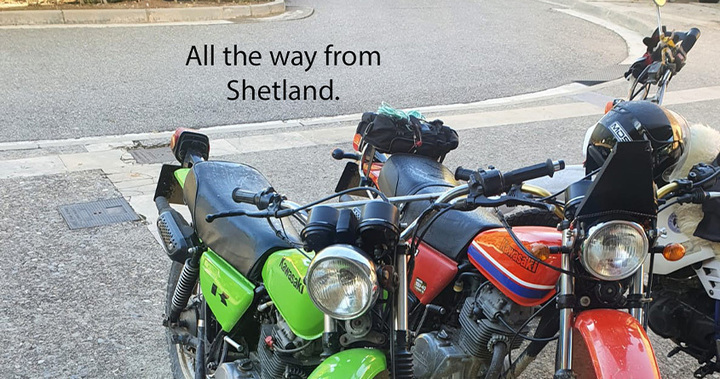
You tired? Nah!
There’s a new test coming out in the next couple of years – in the form of a blood test – which will show if drivers or riders are too tired to pay proper attention to the road and are in fact too sleepy to operate their vehicle safely. There are many risk factors on the road, drink drivers, drivers using their mobile phones and now tired drivers is being factored in as a red flag for other motorists and motorcyclists.
The new blood test, pioneered in Monash University, Melbourne, Australia, will reveal how long the person being tested has been awake for. It is apparently 99% accurate in showing when people have been awake for more than 24 hours. The way it works is interesting, there are apparently five bio markers in the blood which can be tracked and used to see how tired the person being tested actually is. The Monash University research was done in 2021 on real drivers doing tests after different levels of sleep. Drivers who had only had three hours sleep were shown to be up to 10 times more likely to be in a crash, than those who had had eight hours sleep.
Go Back To Bed, Sleepy Head
Drivers driving while very tired, is already acknowledged to be a serious cause of road crashes and research has shown that someone being awake for up to 17 hours before driving, can be as impaired in their concentration and reactions, as someone with a 50mg/100ml blood alcohol level!
Exhaustion is cited by police research as being a factor in 2% of serious vehicle crashes, but so far there hasn’t been an accurate test for tired driving so it has been difficult to exactly pin point the effect of tiredness on drivers, so they could be worse than they appear to date. Two road safety organisations, RoSPA and Brake, are convinced that driving while tired could be a contributory factor in maybe as much as 20% of accidents. It would appear that driving on less than five hours sleep could be as dangerous as being over the drink drive limit.
This doesn’t look as though it is going to mean the beginning of randomised road side tiredness testing anytime soon – more likely a post incident blood test should be available in around two years and a pre-emptive test will have to wait around five years.
Sounds Useful?
The Chair of the BMF, Jim Freeman sounds broadly in favour, saying:
“This sounds useful. We always recommend taking breaks and not riding too long, bikes have been compared to flying light aircraft and helos in terms of the levels of awareness and mental demands made, it’s an active thing to do. Modern cars, with driver aids, on the other hand positively encourage drivers to go to sleep, so this is something whose time may have come. ”
All this apart however, it is not without its problems to introduce mass driver fatigue testing. Firstly laws would have to be brought in to legislate on unacceptable levels of exhaustion and a way found for people to check their tiredness against the proposed limit. It is also potentially difficult to create a negative public atmosphere against tired drivers, when most people will have driven tired at some point in their lives, due to circumstances which may not always be under their control like having a baby or toddler, being a carer, having sleep problems, working a night shift etc, the list is long.
Deep Sleep
We’d all prefer to have had a wonderful eight hours peaceful sleep but are not always able to achieve this, however much we might want it. Sadly, being tired is not currently grounds for a day off work, so driving or riding when tired is sometimes an inevitability. Bringing this testing in would also lead to further large scale adjustments in working patterns for example employers might have to ensure that no one felt obliged to drive, ride or operate machinery on the way to, or at work, when they were too tired.
There are many concerns out there on the road, when surveyed, riders and drivers cited drink-driving, use of mobile phones not just to talk to someone, but to check social media, and tiredness while driving, as all being on the list of factors which could lead to accidents.
Thoughts?
How do you feel about this idea? Are you in favour as you will feel safer on the road, or does it seem too problematical to enforce on a daily basis? Have you ever ridden your bike or driven a car when you were tired and if so, was it a necessity? We’d be really interested in what you think on this one, as it is travelling along on its way to us soon…

